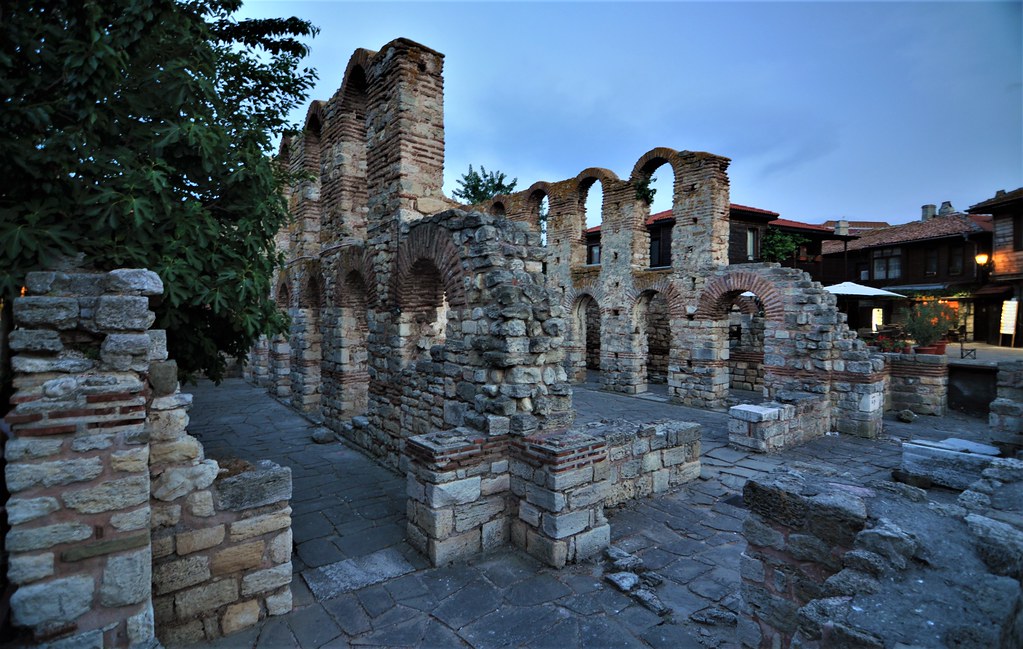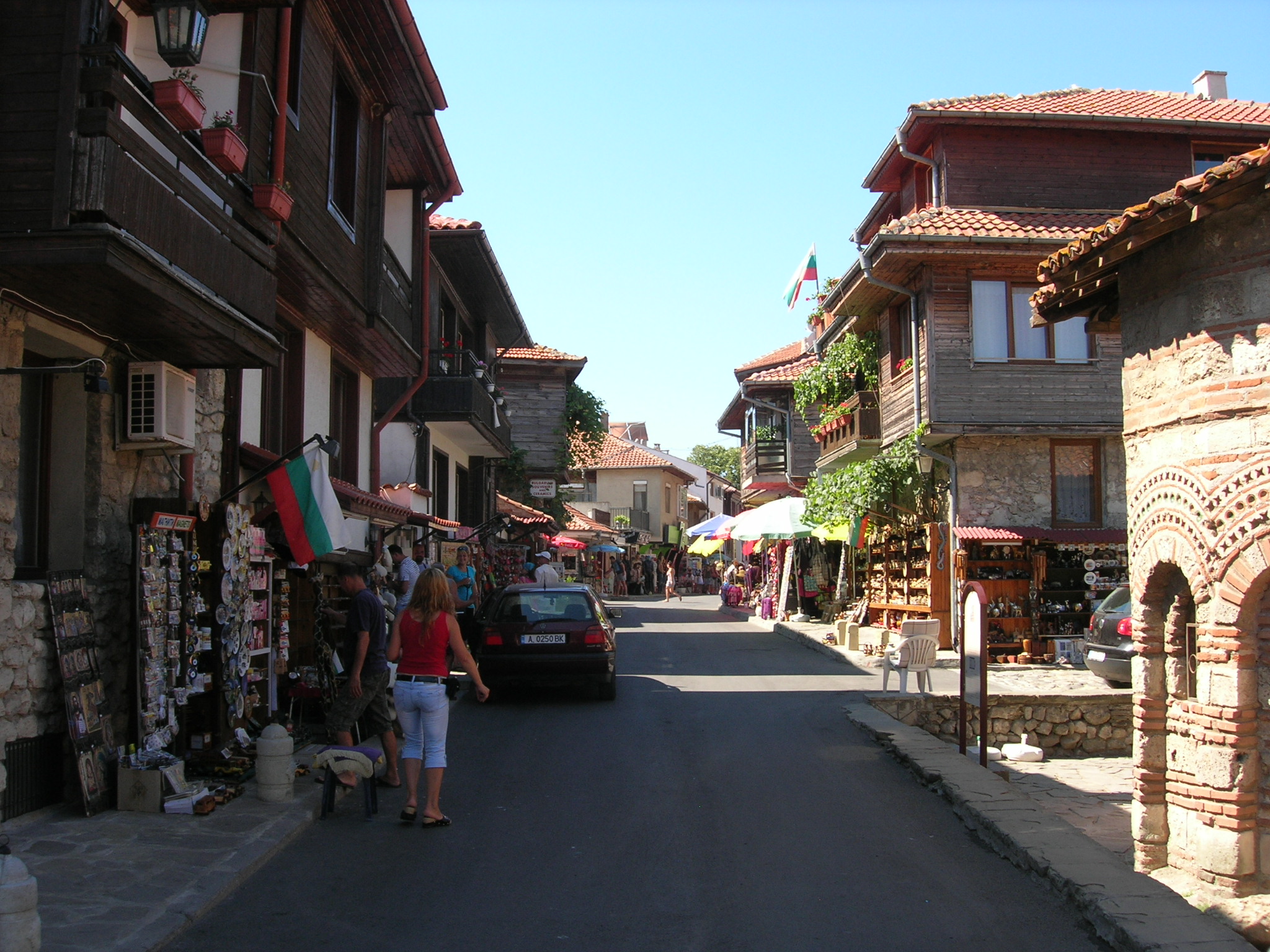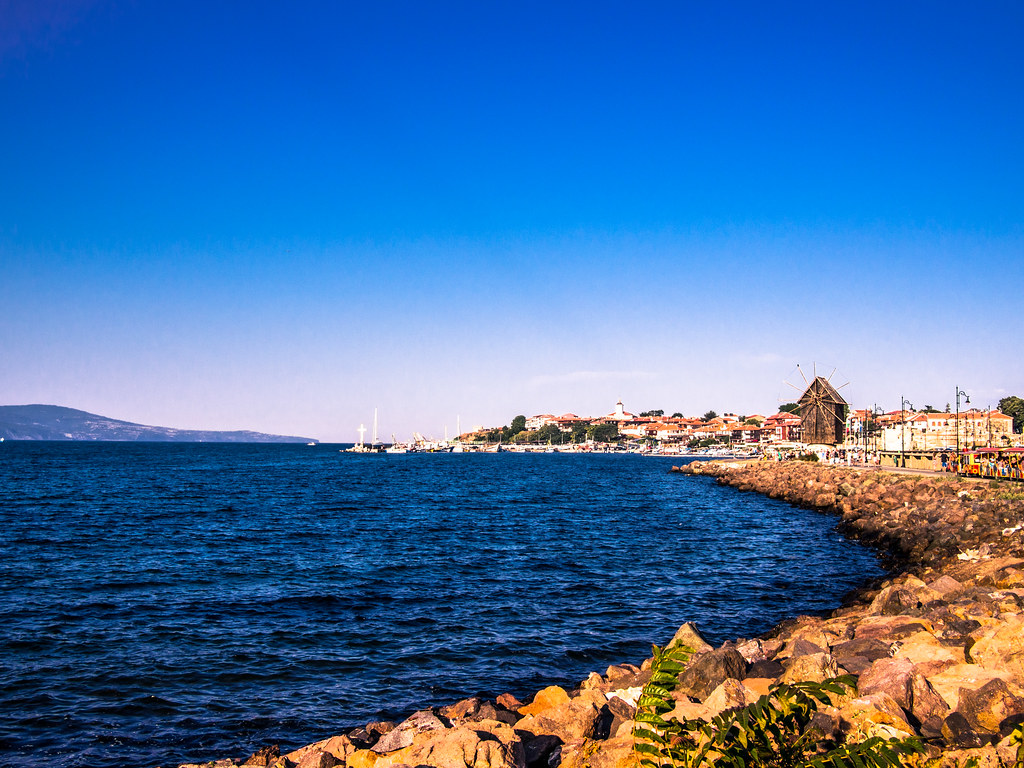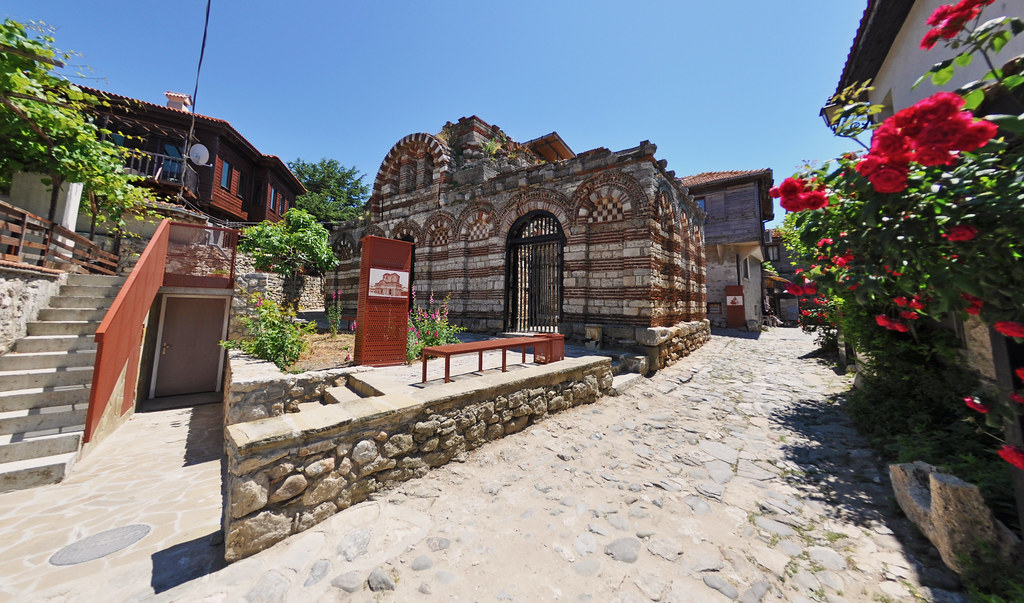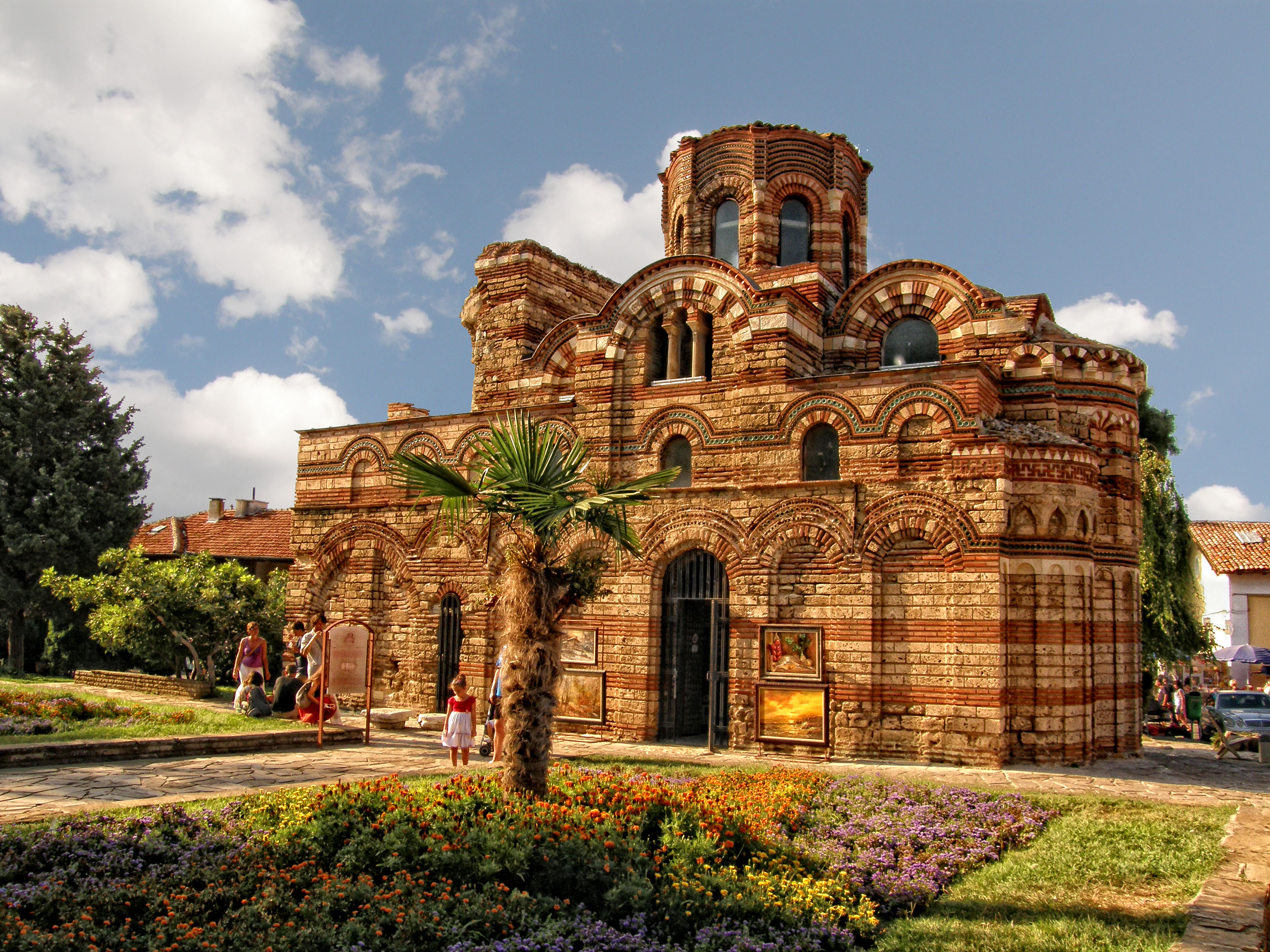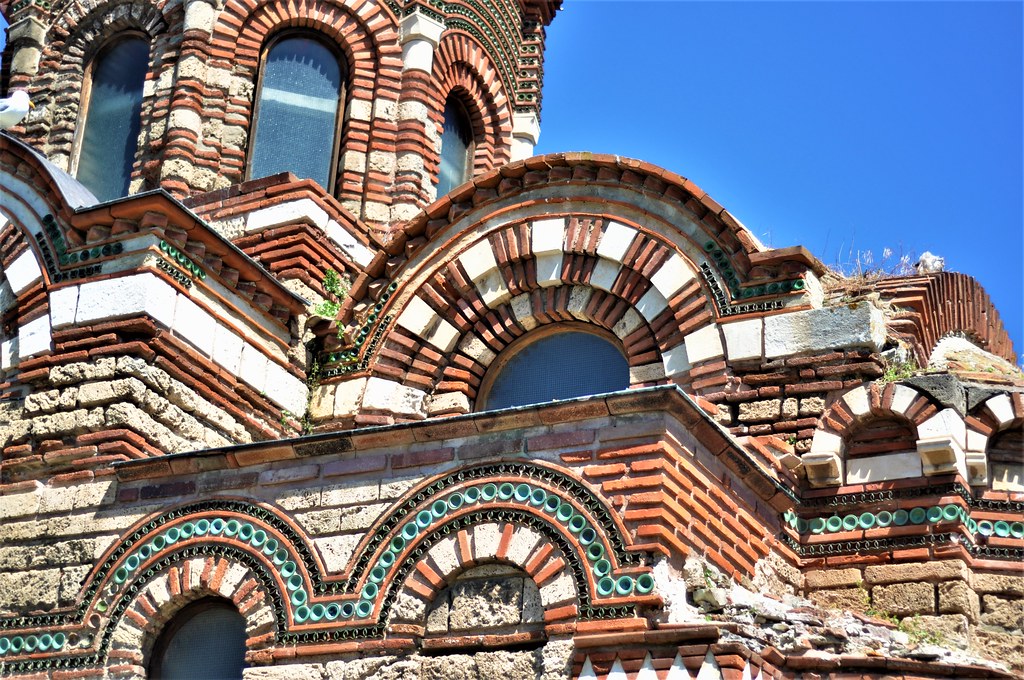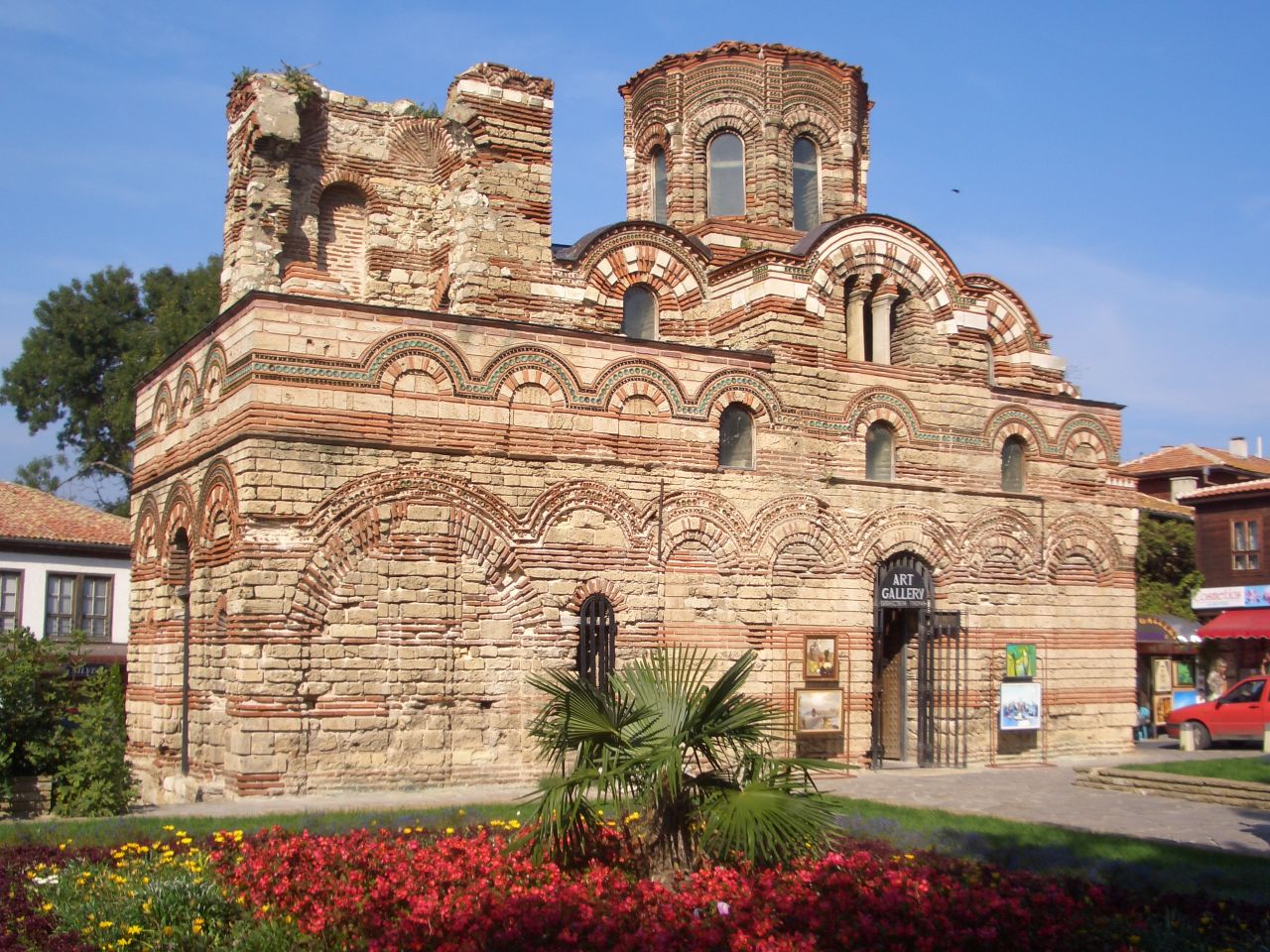 Photo permit included
Photo permit included
 Tour by public transport
Tour by public transport
 Canal Boat tour included
Canal Boat tour included
 Train tickets included
Train tickets included
 Suitable for little children
Suitable for little children
 Wheelchair accessible tour
Wheelchair accessible tour
 Museum ticket included
Museum ticket included
 Light snack included
Light snack included
 Lunch included
Lunch included
 Transportation included
Transportation included
 Walking Tour
Walking Tour
From the port your professional English-speaking guide will accompany you through the fortified walls, the entrance to Old Nessebur, opening up into a maze of quaint cobbled streets. As we walk through the old town your guide will be pointing out the most important buildings which prompted UNESCO to include the town in its list of World Heritage Sites in 1983.
What's included
- Guide
- Transportation
Highlights
Itinerary
10:00
– Depart from Nessebur port
– Visit the Church of Christ Pantocrator (exterior viewing)
– Explore the Church of St Stephen (visit of approximately 20 minutes)
– Walk beside the Church of St John the Baptist
– Visit the Church of the Holy Saviour (Sveti Spas) for approximately 15 minutes
– Final stop at Nessebar’s Archaeological Musem (visit of approximately 40 minutes)
– Return to Nessebar port
